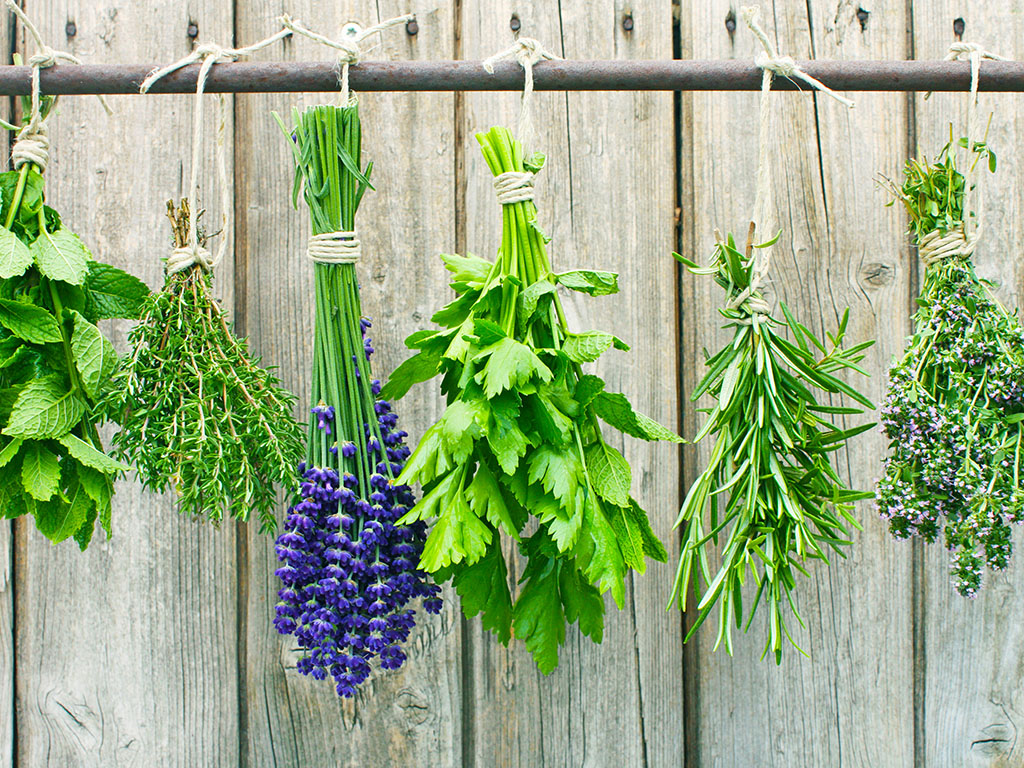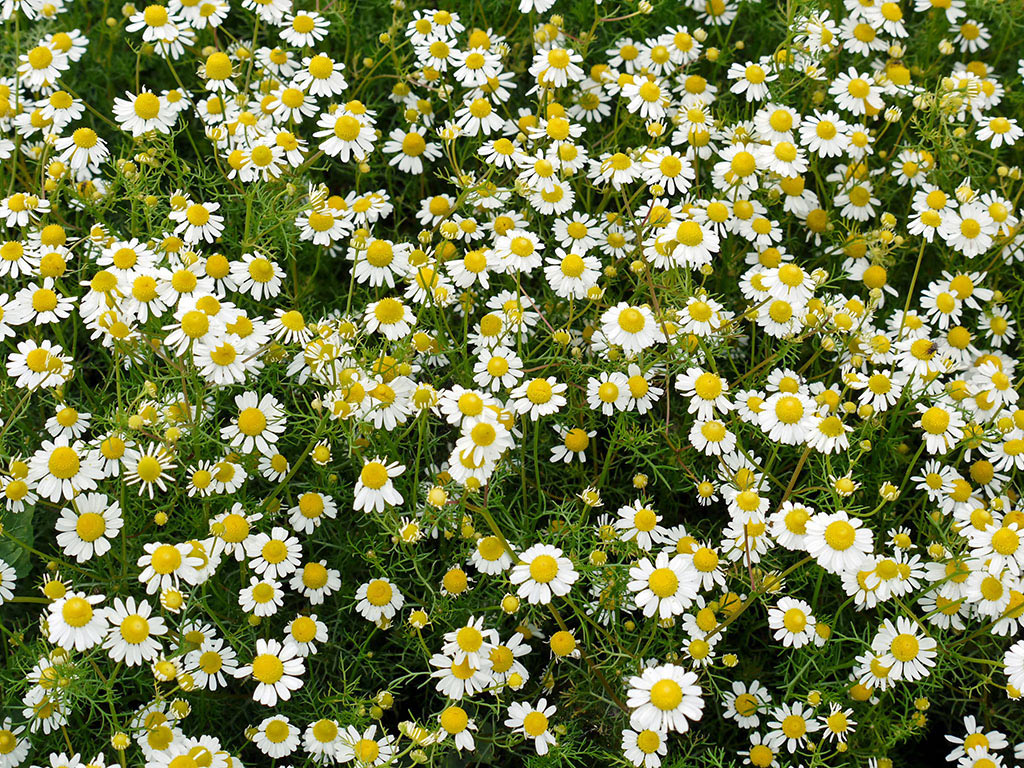Over 3,000 tons of medicinal herbs exported from Serbia each year – Mint, chamomile and marsh mallow a profitable business
Mint, chamomile, marsh mallow, marigold... are not just medicinal herbs, they can also be a profitable business. This has been recognized by local producers and, according to the CCIS data, over 3,000 tons of medicinal herbs are exported from Serbia to the EU, Russia, Turkey, B&H, Montenegro, Macedonia and other countries each year. The Chinese have also recognized the potential of medicinal herbs in Serbia and it was recently announced that investors from the Far East might invest in the cultivation and processing in Serbia.
The CCIS says for our portal that the production of medicinal herbs brings a bigger, quicker and easier profit than other agricultural products. Although they confirm that the business is profitable, producers expect the state to help more.
– Revenues from the growing of medicinal and aromatic herbs are considerably larger compared to standard cultures, and all the available agricultural technology, mechanization and infrastructure can be used – Slavica Stevanetic, senior consultant at the Association for Plant Production, points out for eKapija.
The numbers are clear, she claims – the profit from a hectare of chamomile is around EUR 900, a hectare of anise brings a profit of around EUR 1,250, basil brings EUR 1,100, marsh mallow brings around EUR 1,250, whereas mints can earn the producer around EUR 600 in the first year and up to EUR 1,000 in the second and the third one, she adds.
According to CCIS’ estimates, there are 30 to 40 small and big farms which buy out medicinal herbs grown in nature or on plantations. The number of collectors making a living from this activity is between 4,000 and 5,000 for a better part of the year. According to the data of the Statistical Office of the Republic of Serbia, collected from the latest inventory of agricultural farms, medicinal, aromatic and spice herbs are grown on around 2,134 hectares.
Based on field estimates, Stevanetic claims, there are around 5,000 hectares under medicinal, aromatic and spice herbs.
– These data show that medicinal herbs are grown on close to 1% of arable fields in Serbia, and the maximum areas for the growing of medicinal herbs would amount to around 15,000 hectares, so as to avoid a surplus of stock.
The biggest plantations of medicinal herbs in Serbia are located in southern Banat, in the area of the village of Bavaniste. Mint, chamomile, balm, basil and parsley are grown here on more than 500 hectares. Producers of medicinal herbs from this village boast plentiful and quality products and can claim that everything they sow will be sold.
Vlasta Zivkov of the Bilje Bavaniste association says for our portal that half the village is active in this business. It started, as he says, in the late 1970s, with chamomile sown on half a hectare.
– Year after year, there was more and more chamomile and we eventually made it to 10 hectares – Zivkov says.
– Harvesting by hand took 30 days to two months, as chamomile harvested this way kept regenerating.
He points out that the biggest problem today is how to find pickers ready to work on plantations and the fact that state help and subsidies are not bigger.
– I have been making a good living from medicinal herbs all these years and I will continue growing it, regardless of all – our interviewee adds.
Whereas herbs are grown on plantations in Vojvodina, in eastern Serbia, it is primarily herbs grown in nature that are harvested.
In the Sokobanja area, there is a long tradition of the harvesting of medicinal herbs, and the tea producer Adonis has accordingly been successfully operating for 20 years there.
The CCIS says for our portal that the production of medicinal herbs brings a bigger, quicker and easier profit than other agricultural products. Although they confirm that the business is profitable, producers expect the state to help more.
– Revenues from the growing of medicinal and aromatic herbs are considerably larger compared to standard cultures, and all the available agricultural technology, mechanization and infrastructure can be used – Slavica Stevanetic, senior consultant at the Association for Plant Production, points out for eKapija.
The numbers are clear, she claims – the profit from a hectare of chamomile is around EUR 900, a hectare of anise brings a profit of around EUR 1,250, basil brings EUR 1,100, marsh mallow brings around EUR 1,250, whereas mints can earn the producer around EUR 600 in the first year and up to EUR 1,000 in the second and the third one, she adds.
According to CCIS’ estimates, there are 30 to 40 small and big farms which buy out medicinal herbs grown in nature or on plantations. The number of collectors making a living from this activity is between 4,000 and 5,000 for a better part of the year. According to the data of the Statistical Office of the Republic of Serbia, collected from the latest inventory of agricultural farms, medicinal, aromatic and spice herbs are grown on around 2,134 hectares.
Based on field estimates, Stevanetic claims, there are around 5,000 hectares under medicinal, aromatic and spice herbs.
– These data show that medicinal herbs are grown on close to 1% of arable fields in Serbia, and the maximum areas for the growing of medicinal herbs would amount to around 15,000 hectares, so as to avoid a surplus of stock.
The biggest plantations of medicinal herbs in Serbia are located in southern Banat, in the area of the village of Bavaniste. Mint, chamomile, balm, basil and parsley are grown here on more than 500 hectares. Producers of medicinal herbs from this village boast plentiful and quality products and can claim that everything they sow will be sold.
Vlasta Zivkov of the Bilje Bavaniste association says for our portal that half the village is active in this business. It started, as he says, in the late 1970s, with chamomile sown on half a hectare.
– Year after year, there was more and more chamomile and we eventually made it to 10 hectares – Zivkov says.
– Harvesting by hand took 30 days to two months, as chamomile harvested this way kept regenerating.
He points out that the biggest problem today is how to find pickers ready to work on plantations and the fact that state help and subsidies are not bigger.
– I have been making a good living from medicinal herbs all these years and I will continue growing it, regardless of all – our interviewee adds.
Whereas herbs are grown on plantations in Vojvodina, in eastern Serbia, it is primarily herbs grown in nature that are harvested.
In the Sokobanja area, there is a long tradition of the harvesting of medicinal herbs, and the tea producer Adonis has accordingly been successfully operating for 20 years there.
Nebojsa Stanojevic, owner of the company and president of the Association for Medicinal Herbs Jovan Tucakov, says that his company sells 150 tons of medicinal herbs a year, of which as much as 100 tons is grown in nature and harvested. Medicinal herbs are grown on around 10 hectares, and the company also has around ten subcontractors.
– We export 20% of what we produce, primarily to America, Croatia and B&H – Stanojevic says and emphasizes, just like our previous interviewee, that the state is not supporting growers, whereas in Croatia, up to EUR 100 can be received per hectare for the cultivation of certain medicinal herbs.
The CCIS answers that producers listed in the Farms Register had the right to RSD 2,000 per hectare of arable land in 2017.
Talking about initial investments, the CCIS points out that EUR 600 needs to be invested per hectare of chamomile, around EUR 700 for anise, EUR 850 for basil and around EUR 2,000 for marsh mallow.
– In Serbia, the biggest yields are from mint, chamomile, balm, marsh mallow, and the most profitable ones are sage, valerian, thyme, basil – Stevanetic adds and says that one of the most important tasks for those who want to try their hand at this business is to choose an adequate parcel for the given plant.
– One needs to know what certain medicinal herbs require in terms of the mechanical composition of the soil, the pH value and humus. A lighter mechanical composition is good for plants grown for their roots, as the root develops faster during the vegetation and is more easily extracted afterwards, meaning that not a lot of soil sticks to the root, making it easier to clean and wash, which reduces production costs, thereby increasing the quality of the product in sale. In choosing the parcel, an agrichemical analysis of the soil needs to be done, whereby the pH value is determined, as well as the composition of the inputs necessary for the plants to grow and develop – our interviewee advises and notes that mildly acidic to neutral soils are the best for the growing of medicinal herbs.
Export worth USD 16 million
According to the CCIS data, Serbia exports more than 3,000 tons of medicinal, aromatic and spice herbs annually in the amount of over USD 16 million.
The countries of the EU make up 66% of the exports, followed by the CEFTA signees (29%), and other countries make up 5% of the exports.
Sanja Sojic
– We export 20% of what we produce, primarily to America, Croatia and B&H – Stanojevic says and emphasizes, just like our previous interviewee, that the state is not supporting growers, whereas in Croatia, up to EUR 100 can be received per hectare for the cultivation of certain medicinal herbs.
The CCIS answers that producers listed in the Farms Register had the right to RSD 2,000 per hectare of arable land in 2017.
Talking about initial investments, the CCIS points out that EUR 600 needs to be invested per hectare of chamomile, around EUR 700 for anise, EUR 850 for basil and around EUR 2,000 for marsh mallow.
– In Serbia, the biggest yields are from mint, chamomile, balm, marsh mallow, and the most profitable ones are sage, valerian, thyme, basil – Stevanetic adds and says that one of the most important tasks for those who want to try their hand at this business is to choose an adequate parcel for the given plant.
– One needs to know what certain medicinal herbs require in terms of the mechanical composition of the soil, the pH value and humus. A lighter mechanical composition is good for plants grown for their roots, as the root develops faster during the vegetation and is more easily extracted afterwards, meaning that not a lot of soil sticks to the root, making it easier to clean and wash, which reduces production costs, thereby increasing the quality of the product in sale. In choosing the parcel, an agrichemical analysis of the soil needs to be done, whereby the pH value is determined, as well as the composition of the inputs necessary for the plants to grow and develop – our interviewee advises and notes that mildly acidic to neutral soils are the best for the growing of medicinal herbs.
Export worth USD 16 million
According to the CCIS data, Serbia exports more than 3,000 tons of medicinal, aromatic and spice herbs annually in the amount of over USD 16 million.
The countries of the EU make up 66% of the exports, followed by the CEFTA signees (29%), and other countries make up 5% of the exports.
Sanja Sojic
Companies:
Privredna komora Srbije
Adonis d.o.o. Sokobanja
Republički zavod za statistiku
Udruženje za lekovito bilje Dr. Jovan Tucakov Sokobanja
Tags:
Share:






Only logged-in users can comment.


 Izdanje Srbija
Izdanje Srbija Serbia Edition
Serbia Edition Serbische Ausgabe
Serbische Ausgabe Izdanje BiH
Izdanje BiH Izdanje Crna Gora
Izdanje Crna Gora









 LinkedIn
LinkedIn Copy link
Copy link



